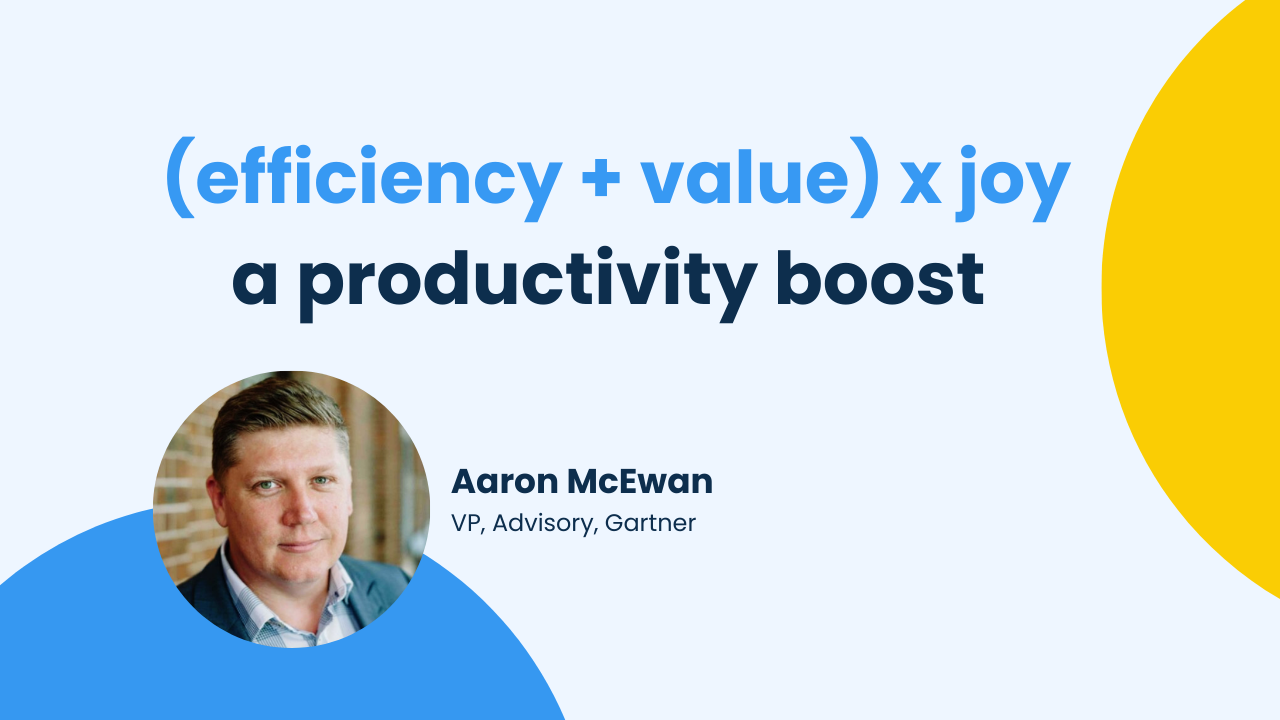Hi Beam,
I run a company that’s growing quickly. My gun Marketing Manager Jill is returning from maternity leave in a month and I’m not sure how to give her the flexibility she wants…
She’s just asked to return 3 days a week to the role she used to work full-time. I really want to make this work — she’s a critical member of our leadership team and I’d hate to lose her — but our marketing needs are only increasing. This is really a full-time role.
What next?
Jules
Hi Jules,
We get it! Marketing is vital to small business growth.
On the other hand, talent is the number one driver of growth for businesses. The fact that you have a great Marketing Manager who is already working for you is gold dust.
Like most curves in the road, requests for flexibility bring opportunity to innovate and change for the better. There are many reasons why this might be a great thing for your business. It’s also important to remember that Jill has come to you requesting part-time because she wants to keep working with you.
So! How do we retain Jill and provide her with the flexibility she needs?
First. Make sure Jill knows that you value her input.
Let Jill know you’re excited to have her back and are committed to making it work for her so she can continue to progress her career while she raises her child. This is a huge moment to show Jill your support (and ultimately increase her engagement and loyalty!)
Second. You’ll need to re-scope Jill’s role.
It’s critical that you don’t just ask Jill to squeeze a full-time role into three days. This will lead to burnout, expectations not being met and the loss of some great talent. You’ll get a chance to round out the extra two days of work (that part comes next!)
So how do you re-scope the role? Beam has some really practical role design tools that you can use if you need (email us!).
Start by looking at the time Jill has available. Three days is 60% of a full-time work week. You’ll want to work towards applying Jill’s time to the 60% of work that delivers the best outcomes for the business and for her.
To define what that looks like, here are the four key criteria you can use in conversation with Jill. Identify which pieces of work are:
- the highest value, most important work to your company (value creation)
- focussed on what Jill does best (ability)
- meaningful work that Jill enjoys (engagement)
- in line with her career aspirations (aspiration)
At the intersection of these four criteria — aka “the sweet spot” — you will find yourself over-indexed in productivity, engagement and business outcomes! Here’s a little Venn diagram we prepared earlier.

Third. Work out what to do with the remaining 40% of work — and corresponding 40% of budget!
This is an amazing opportunity to optimise your business — and focus your financial and people efforts on the things that deliver highest value. This process looks something like…
Step 1: Make sure that the 40% of work is still the right work.
Do any of the remaining tasks represent a poor ROI for the business? Can you just ‘not do’ any of them? Can any of them be automated? Is this an opportunity for cost reduction? Or redirecting funds to another part of the business?
Once you’ve worked out what you want to keep doing — which might be the whole 40%, 20% or nothing at all, it’s time to ensure the work gets done. Which leads to…
Step 2: Look to your current employees
Does anyone else in your team have the capacity, inclination and capability to take on any of the remaining tasks? Start with looking at people at the next level down across the organisation who might have a background or aspiration to do marketing-related work.
Don’t have the right people in-house? That leads to…
Step 3: This is a hiring opportunity.
Remember, you still have budget up your sleeves. There are a few options here. Depending on the nature of the remaining work, you could chose to bring in an additional senior level marketing resource for two days a week or you could use the budget to bring in a slightly more junior resource for three days a week. This is often a great path forward! Their overall salary expectations will be lower so you can afford more of their time. Bonus!
You also get another brain in the business, bringing their experience and skills into your organisation, and start to develop a bit of a talent pipeline.
And, feel good! You’re providing another work opportunity for someone to join your team. You’re changing someone’s life.
Congrats. Going through this process has demonstrated to the whole team that you’re a great employer who values its employees’ contributions above their ability to work a traditional work week.
You’re building an inclusive, supportive environment and care about your employees’ lives beyond their office presence.
You’ve increased your employee retention and you’ve taken one big step towards preparing your company for the future of work, which will be more agile, fractional and outcomes-led. Boo-yah!





